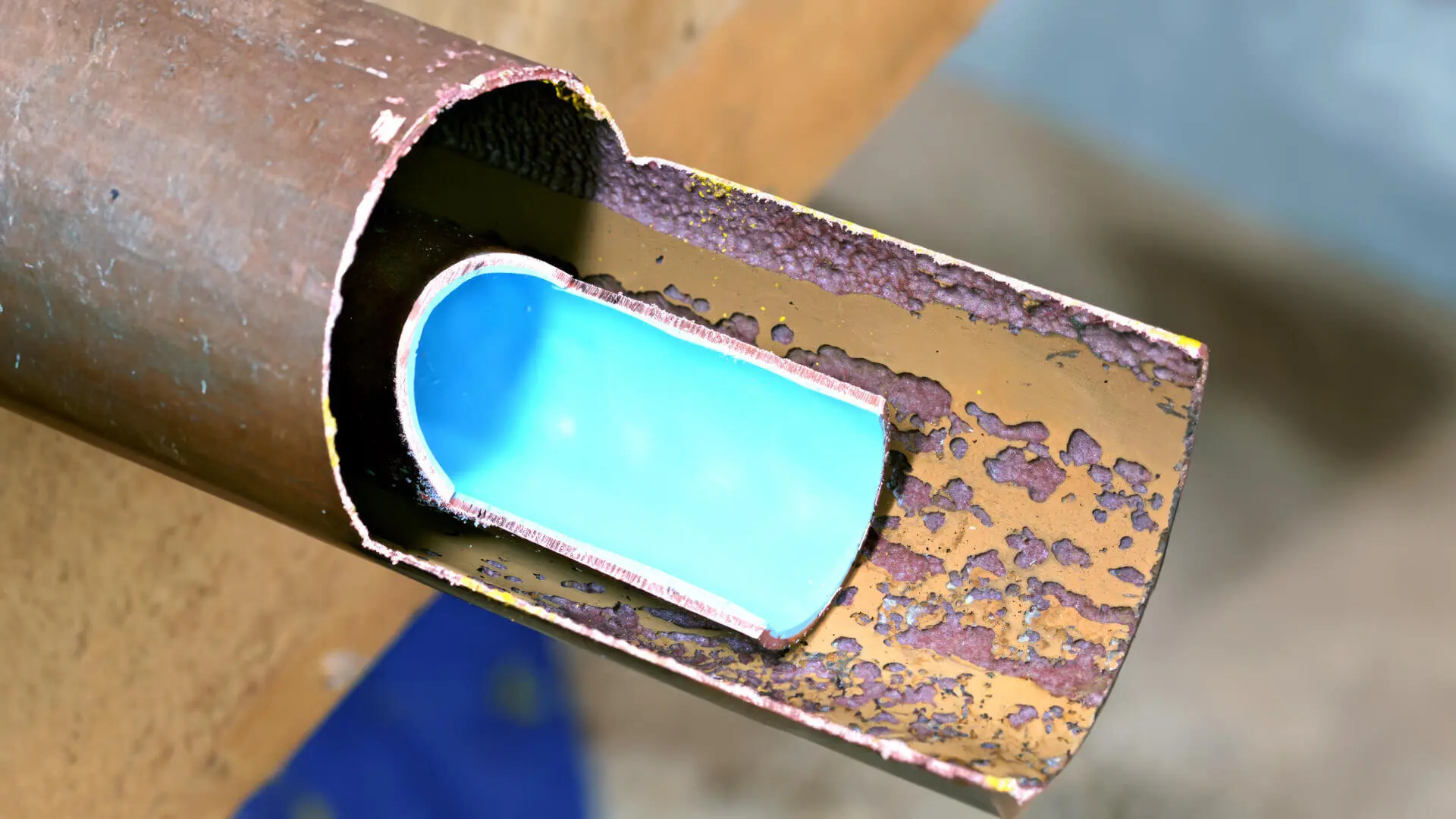What are the types of pipe relining?
When dealing with aging or damaged pipes, traditional methods of pipe repair can be disruptive, costly, and time-consuming. Fortunately, pipe relining has emerged as a modern solution that allows for a more efficient, less invasive repair process. For those wondering, “What are the types of pipe relining?” it’s important to understand that this technique has evolved to accommodate different needs and pipe conditions. In this article, we’ll explore the various types of pipe relining, how they work, and their advantages in restoring your pipes.
What Is Pipe Relining?
Pipe relining is a trenchless method of pipe repair that involves inserting a flexible lining inside the existing pipe structure. This lining, once hardened, forms a new, durable pipe inside the old one. It eliminates the need to dig up the old pipes, significantly reducing the disruption to your property and surrounding areas. The process not only saves time but also helps in preserving the landscape, driveways, and walls.
Types of Pipe Relining
Pipe relining comes in various forms, each designed for different types of damage and pipe conditions. Let’s delve into the most common types of pipe relining techniques:
1. Cured-In-Place Pipelining (CIPP)
Cured-In-Place Pipelining (CIPP) is one of the most popular and widely used methods of pipe relining. It involves inserting a resin-saturated felt liner into the damaged pipe. Once the liner is in place, it is inflated to fit the interior of the pipe and then cured with heat or ultraviolet (UV) light. The result is a strong, seamless pipe that is resistant to cracks and leaks.
Advantages:
- Cost-effective and less disruptive than traditional pipe replacement.
- Suitable for pipes of various materials, including clay, concrete, and PVC.
- Long-lasting and can last for up to 50 years with proper maintenance.
2. Pull-In-Place (PIP) Lining
Pull-In-Place (PIP) lining is another method used for relining pipes. This technique involves pulling a pre-saturated liner through the damaged pipe. The liner is typically made of a flexible material that is designed to fit the exact dimensions of the pipe. Once the liner reaches the desired position, it is expanded and cured to form a durable new pipe inside the old one.
Advantages:
- Ideal for longer sections of pipe or difficult-to-reach areas
- Provides a seamless and long-lasting solution to pipe damage.
- Less intrusive than traditional methods, which require excavation.
3. Spray-On Lining
Spray-on lining, also known as spray-in-place or spray-on pipe relining, involves spraying a special resin onto the interior of the pipe. This resin bonds to the pipe’s surface and hardens, forming a protective lining that prevents leaks and corrosion. Spray-on lining is often used for smaller pipes or when the pipe only requires partial lining.
Advantages:
- Ideal for small or irregularly shaped pipes.
- Quick and efficient, reducing downtime.
- Can be applied to pipes that have suffered from corrosion or wear.
4. Sliplining
Sliplining is a technique that involves inserting a smaller, new pipe into the existing damaged pipe. The new pipe is typically made of high-density polyethylene (HDPE) or other durable materials, and it is pulled or pushed into place. Once the new pipe is in position, it is sealed at the ends, ensuring a secure and leak-free system.
Advantages:
- Suitable for larger pipes or when CIPP may not be an option.
- Offers a durable and reliable solution to pipe damage.
- Minimal excavation required, making it a more cost-effective option than traditional replacement.
5. Fold and Form Lining
Fold and form lining involves folding a pre-saturated liner into a compact shape and pulling it through the damaged pipe. Once in position, the liner is unfolded and expanded to form a new pipe. The lining is then cured, creating a seamless, durable interior that helps restore the pipe’s function.
Advantages:
- Effective for pipes that are significantly damaged or have collapsed sections.
- Provides a smooth, durable pipe with minimal disruption to surrounding areas.
- Can be used in a variety of pipe materials, including clay and cast iron.
Choosing the Right Type of Pipe Relining
Each type of pipe relining has its own set of advantages and limitations, and the best method for your situation will depend on factors such as the extent of the damage, the material of your pipes, and the location of the pipes. A professional pipe relining service can assess your pipes and recommend the most suitable method based on your needs.
Why Pipe Relining Transforms Home Plumbing Solutions?
One of the most significant benefits of pipe relining is that it eliminates the need for disruptive excavation work. Traditional pipe replacement often requires digging up large sections of land, which can damage landscaping, driveways, and structures. Pipe relining, however, is a non-invasive method that requires only small access points, saving both time and money.
Additionally, pipe relining is an environmentally friendly solution. By restoring your existing pipes rather than replacing them entirely, you help reduce the environmental impact associated with the production and disposal of new pipes.







